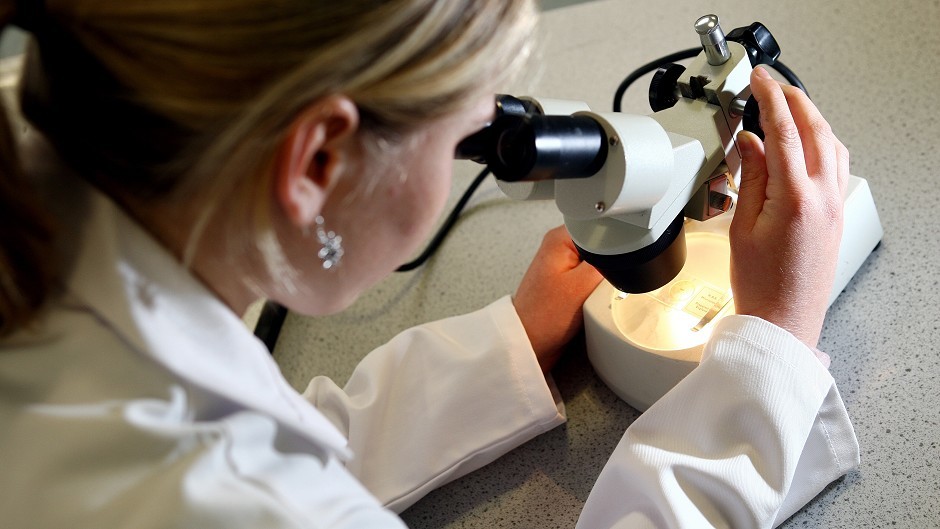New research has found that female body image ideals are “hard wired” in humans and are linked to our evolution.
Academics at Aberdeen University looked into the link between body “fatness” and perceptions of physical attractiveness.
Historically, a heavier body might have indicated a higher chance of surviving famine, whereas nowadays it can be associated with health risks such as heart disease and low fertility.
The scientists developed a mathematical model in order to predict peoples’ ideal weight in women, and judged it to be a body mass index (BMI) between 24 and 24.8.
But when they put their theory to the test in a study of 1,300 men and women from 10 countries across Europe, Asia and Africa, they discovered that most peoples’ ideal weight was much lower – with a BMI of just 19.
The average 18-20-year-old’s BMI is between 17-20.
Participants were shown 21 image cards showing women with different body types and were asked to reorder them from least to most attractive.
After speaking with the people taking part in the study, researchers discovered the participants had associated youth with thinness, and that most people judged the heavier women to be older.
Historical exposure to famine does not appear to have been an important factor in the test subjects’ perceptions of attractiveness.
The study was coordinated by university’s institute of biological and environmental sciences and the Chinese Academy of Sciences in Beijing.
Lobke Vaanholt, who organised the Aberdeen component of the study, said: “Although most people will not be surprised that extreme thinness was perceived as the most attractive body type, since this prevails so heavily in media, culture and fashion, the important advance is that now we have an evolutionary understanding of why this is the case.”
In the wake of the findings, leading eating disorder charity Beat called on the media and fashion industry to help change the “cultural ideals” people have about body shape.
Rebecca Field, of the charity, said: “We want to challenge the current aesthetic showing only the tall and very slender as the only aspirational ideal of beauty and call upon our media and fashion industries to represent and acknowledge diversity in shape and size.
“We may not be able to change the way brains are hard wired, but we can challenge the cultural ideals that have become toxic to a generation of young people.”
